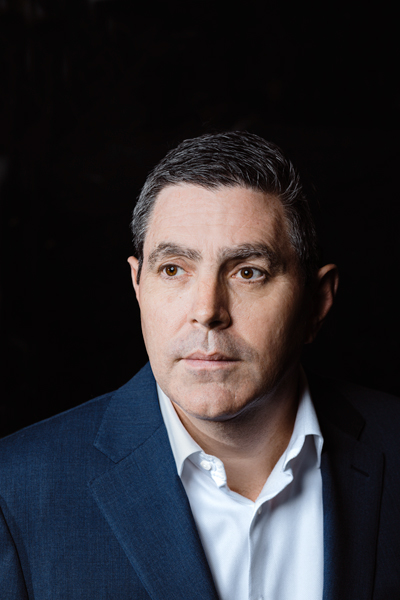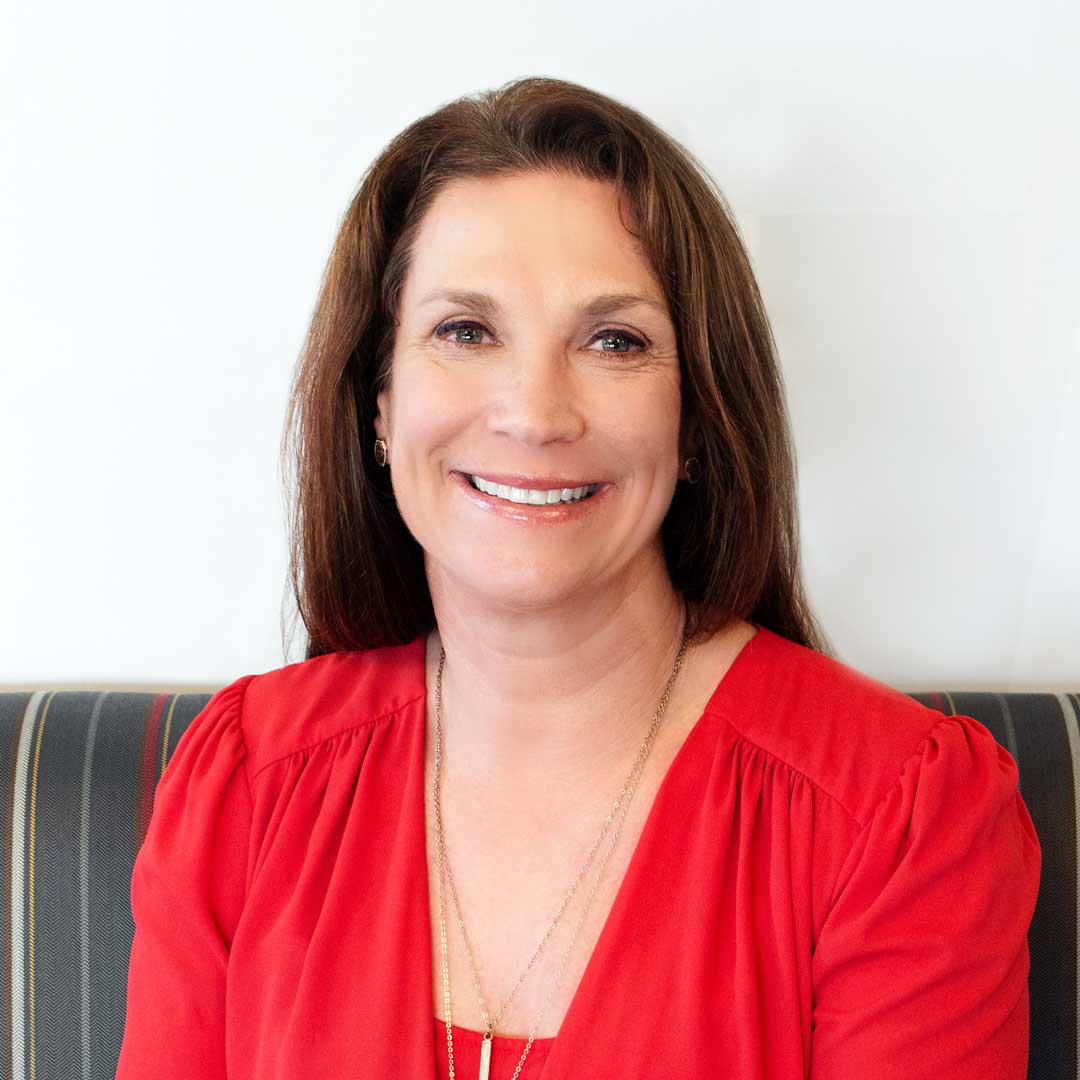|
Getting your Trinity Audio player ready...
|
Companies with spectacular size and rich histories are uniquely vulnerable to the ills of habit. For many companies, standard business practices and operating strategies become ritualized. “The way we do things” becomes deeply ingrained from top to bottom and extremely difficult to change.
But at one point or another, there comes a time that demands radical change. Without evolving the “way we work,” companies will struggle to survive. Doing so requires perseverance, grit, and gusto.
Kevin Carmody, a senior partner at McKinsey, specializes in helping companies drive major transformation programs. While many of McKinsey’s consulting efforts involve deep analysis on a particular problem that goes “narrow and deep,” Carmody’s work is focused on delivering holistic and rapid transformation programs that fundamentally change the trajectory of a company’s performance. Citing McKinsey research that concluded 70 percent of transformation efforts fail, the firm launched a new approach to delivering these types of organization-wide transformations, roughly ten years ago.
“We found that approximately 70 percent of these companies did not achieve what they initially set out to do,” Carmody says. “We took this as a challenge and developed an approach that was designed to flip the odds and help our clients reach their full potential.”

This approach was designed to codify the common threads among the transformations that succeeded and avoid the common pitfalls that caused companies to fail. McKinsey has refined its transformation practice, helping several companies change their fates, drive performance, and reach their full potential. “We help at a scale that mobilizes entire organizations,” Carmody says.
“There’s a very specific way to drive exceptional performance at companies in a fundamentally different way,” he continues. “Not just strategy, not just procurement, not just the commercial organization, not just operations—but instead looking at everything.”
Carmody grew up in the Midwest, and he credits the region’s blue-collar mentality and his father’s early work at a manufacturing company as precursors to his work at McKinsey. Carmody recalls being introduced to his father’s company at ten years old.
“He would introduce me to folks in the office and explain the intricacies of how the company worked but he always made a point of taking me down to the shop floor to show me the people who were actually manufacturing the products,” Carmody explains. “He said, ‘You can learn from people across all levels of the organization, , but you first need to understand what we actually do in the plant each day.’”
This early and comprehensive “end-to-end” education proved critical in Carmody’s current line of work. “It helped me think more holistically about what I do today—you have to look at the full picture and engage the entire organization to be successful,” Carmody says.
The most critical lesson he learned from his father, however, was about how to fix a company’s culture. “It doesn’t matter if you’re the CEO or if you’re working on that third shift—everyone plays a critical role in the success of the company and must be treated with the utmost respect,” Carmody says.
Build Your Company’s Resilience
Kevin Carmody conceptualizes resilience as one fundamental question: how does a company spend part of each day looking forward and preparing for likely disruptions that might impact its ability to reach full potential?
He lists three critical ways companies can build resilience:
- Enhance the role of the finance team. Too often, the CFO is seen as simply an accountant, measuring historical performance. Their extensive knowledge of the organization’s financial health and what drives performance, as well as their access to critical information, can help plan for the future.
- Pressure test the capital structure and cash flows. Routinely test the top ten most sensitive operating inputs. This helps identify potential landmines that could materially impact liquidity while also highlighting smaller issues that can have a compounding effect when combined with other unforeseen events.
- Unlock hidden value from the balance sheets. Relentlessly scrub the balance sheet to generate substantial cash and optimize the company’s cost of capital.
While the specifics change based on any given industry, a pillar of a McKinsey’s approach to transformation involves engaging thousands of employees at all levels of the company. “It’s not good enough to engage the top ten executives—you need employees at all levels of the company to buy into the program and personally deliver performance,” Carmody explains. “That’s how you begin changing the hearts and minds of the organization.”
A recent transformation Carmody led did just that, seeking value across all aspects of the organization. The company faced downward pricing pressure, an inefficient cost structure, excessive leverage, and other legacy issues from recent M&A activities.
“When we arrived, the management team was initially focused on improving G&A [general and administrative] costs and managing near-term liquidity to see them through a refinancing,” Carmody says. “While this was the path of least resistance, there was a clear opportunity to help them drive a financial and cultural transformation that looked at every lever impacting performance, starting with the operations teams at each site. It was the first time that the site-based operators had a real voice in materially shaping the trajectory of the business.”
According to Carmody, over a twelve-month journey the company delivered more than $200 million of EBITDA improvements, of which G&A was only a small percentage of the overall target. “This allowed the company to reset the business, recapitalize its balance sheet and drastically improve its competitive position as an industry leader,” he says.
Change is hard and getting the managers and workers to “buy into the mission” is the most challenging imperative, Carmody explains. If a company can demonstrate that an employee’s work is tangible and critical to the success of the transformation, these programs have a much greater chance of succeeding. “People want to know that their voices are heard and that they are actually contributing to the success of the company in a meaningful way,” Carmody says.
When the McKinsey team looked at a set of companies that applied this type of approach, the results were staggering. “On average, the companies delivered 2.7 times more than the management team thought possible when the transformations got under way,” Carmody says.
During a transformation, the intellectual rigor of the initial analysis and planning is only a starting point. According to Carmody, focusing on the details of execution, combined with “grit and perseverance” are also key ingredients of success. Given his previous experience in the private sector, Carmody empathizes with client executives and employees who are tasked with weathering the storm of a company-wide overhaul.
During high school, Carmody played basketball competitively under the tutelage of a coach who played football under the legendary Bo Schembechler. “We had some of the hardest practices—there was never a day off,” Carmody says. “He taught us that every cut, every pass, every shot, counted. And that grit, perseverance and an attention to detail were the seeds of success.”
In the business world, Carmody says that “hope alone is a losing proposition.” Under Carmody’s leadership, McKinsey’s transformation practice combines the best of strategy and execution to help companies persevere.

